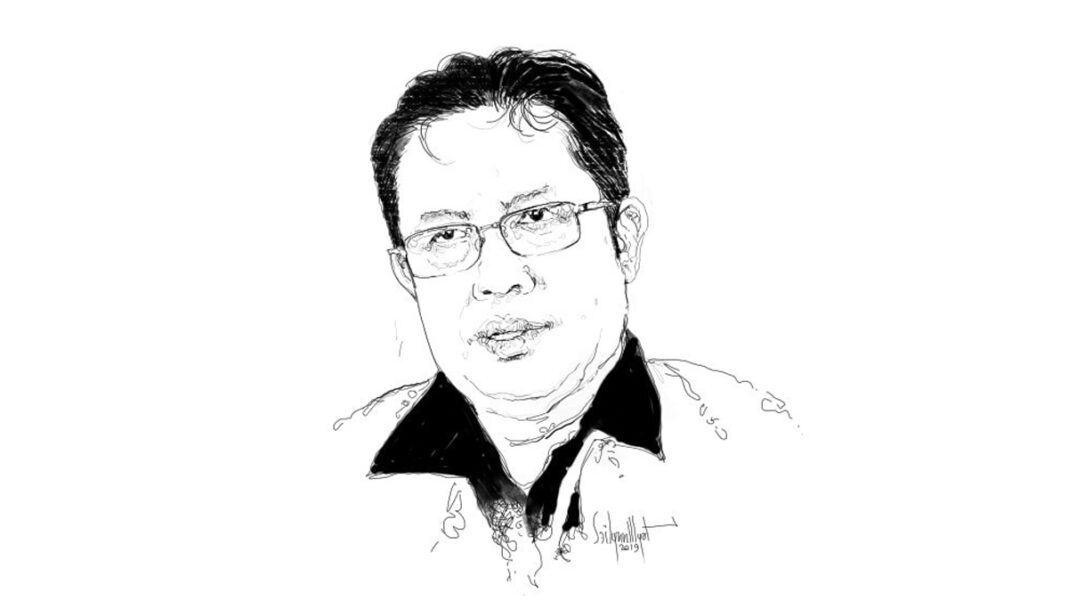The ongoing political instability and violence in Myanmar have attracted international attention. Recently, Myanmar’s neighbors, including China, India, and a number of ASEAN nations, convened for a rotating “Track 1.5 meeting.” This diplomatic effort intended to resolve the crisis by involving representatives from both parties, including middle-ranking members of Myanmar’s military regime.
Even though the meeting produced informal agreements, such as reducing violence, curbing transnational crime, expediting humanitarian aid, and promoting national reconciliation, it was largely viewed as ineffective in resolving Myanmar’s long-standing problems.
China’s position on resolving the Myanmar crisis is a significant aspect of this meeting. In addition to supporting the United States and ASEAN’s approach, China is also pursuing its own resolution approaches. China believes that speedily organizing new elections could be a viable solution to Myanmar’s political crisis.
According to reports, senior Chinese officials have made frequent trips to Myanmar, signifying a significant shift in bilateral relations. China’s support for military-organized elections is in line with its own interests, as it seeks engagement with Myanmar regardless of the country’s political climate. This strategy suggests that China views elections not only as a means of addressing the crisis but also as a means of preventing the military from retaining political power.
China’s preference for elections in Myanmar is a result of its skepticism regarding Western intervention. The Chinese government is concerned that this type of intervention by the United States and the European Union could have negative repercussions. Accordingly, it is confident that elections provide a more stable course out of the crisis.
There are four key points suggesting the importance of conducting elections, according to China’s perspective. First, elections can halt the military’s rule. Second, they can result in a military withdrawal, making way for a new civilian government. Third, elections in Myanmar could deter US and Western intervention. Finally, elections align with China’s economic interests in the region.
However, it is uncertain whether the Myanmar military will concur with China’s approach. Notably, even Min Aung Hliang, the leader of Myanmar’s military regime, has never been invited to China, nor have high-ranking Chinese leaders ever visited Myanmar. However, the military’s dependence on China for diplomatic support, weapons and arms, and trade and commerce might lead it to embrace China’s approach.
Moreover, ethnic armed organizations (EAOs) in northern Myanmar are under the influence of China. For example, there has been no conflict along the gas and crude pipeline routes to China, where these groups have close ties. This positioning enables China to exert substantial influence over the EAOs that control these regions. China has played an important role in the peace process between the government of Myanmar and ethnic armed organizations (EAOs), engaging with groups in southern regions such as the Restoration Council of Shan State/Shan State Army (RCSS/SSA).
Whether or not the Myanmar military will follow China’s lead remains a topic of interest. However, equally crucial is the role of EAOs amid this complex and challenging situation. As the international community struggles to find a solution to Myanmar’s ongoing turmoil, China’s influence on these groups, their actions, and their position on the crisis may have profound consequences.




